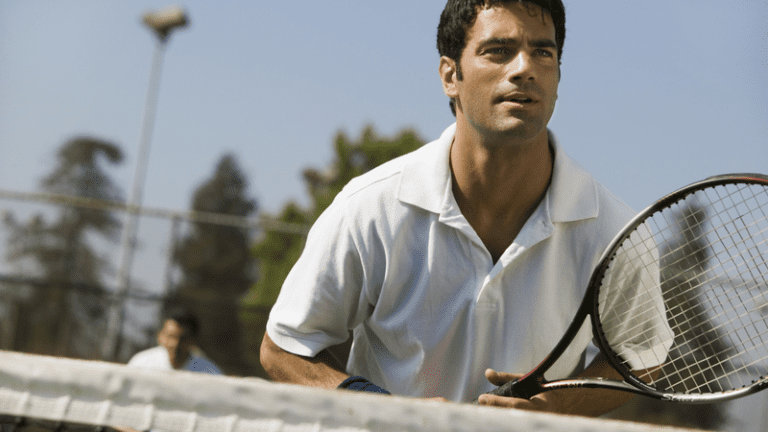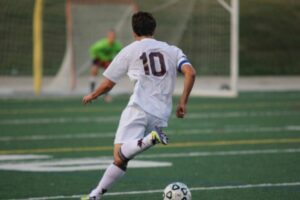Athletic Training in the New Age: Modern Science and Ancient Wisdom
Can anyone deny that Karate Black Belts and Kung Fu Masters are great athletes? Can anyone deny that there is also something “more” to being a Black Belt or a Kung Fu Master? It might be called an attitude or a state of mind, but these martial art masters all seem to have it. Remember Caine in the series Kung Fu, or Mr. Miyagi in the Karate Kid movies? They had it. It’s a calm, a confidence, a distraction-free focus with heightened awareness.
What is it about their training that it not only produces excellent athletes, but also produces this optimal performance state? And do these techniques have to involve combat?
No! The simple truth is that the training only requires an active skill, but baseball, basketball, football, and tennis hadn’t been created yet. In fact, fighting was the sport of the day. So, what is it that distinguishes martial arts training from Western sports training? In a general sense, the ancients worked in three areas that western training mostly ignores.
The ancients understood the need to quiet the thinking mind during the execution of a skill. Skilled behavior does not require thought. If performing skills required intellectual thought, how would the animals do it? Your thinking mind only gets in the way by introducing self doubt, distractions, indecisiveness, nerves, etc. Almost every ancient martial art utilized a technique for quieting the thinking mind, like a breathing exercise or meditation.
The ancients understood that if the student could be taught to focus their attention on the task at hand, it would minimize the influence of distraction, doubt, nerves, etc — the logic is simple. If you are concentrating on what you should be concentrating on, there is less mental space left to waste on negative thoughts. Martial arts trainers taught their students how to focus their attention. You must decide what it is that you should be thinking in order to diminish the distracting thoughts. In tennis, as the ball is sailing towards you, this thought is the answer to the question, what shot do I want to hit back now? If you can focus on that, your mind will not wander to the “uh-oh” thoughts, distractions, or other unimportant elements.
The ancient martial arts worked with character development. The sport was used to discover and alleviate personality issues. For example: if an athlete is a procrastinator, might that show up in their performance? A procrastinating runner might get a slow start, or a procrastinating tennis player might have a hitch in their serve — typically there is more than one manifestation. The procrastinating tennis player might also take their racquet back late, be slow moving forward to short balls, let all overheads bounce, etc.
This is a personality issue that is simply manifesting in the sport. Instead of ten different “physical” problems, stroke problems, and strategy problems, the player is actually dealing with one “mental” problem. If you solve the issue, the manifestations go away, and all are solved at once.
I believe it is a combination of Western and “ancient” techniques that will produce the optimal athlete. The West has certainly contributed much in terms of physical training and technical advancements for improved stroke production. Where the West is weakest is in the development of concentration, just where the East is strongest — if you put it all together you can develop into the complete player.
How useful was this post?
Click on a star to rate it!
Average rating 0 / 5. Vote count: 0
No votes so far! Be the first to rate this post.



